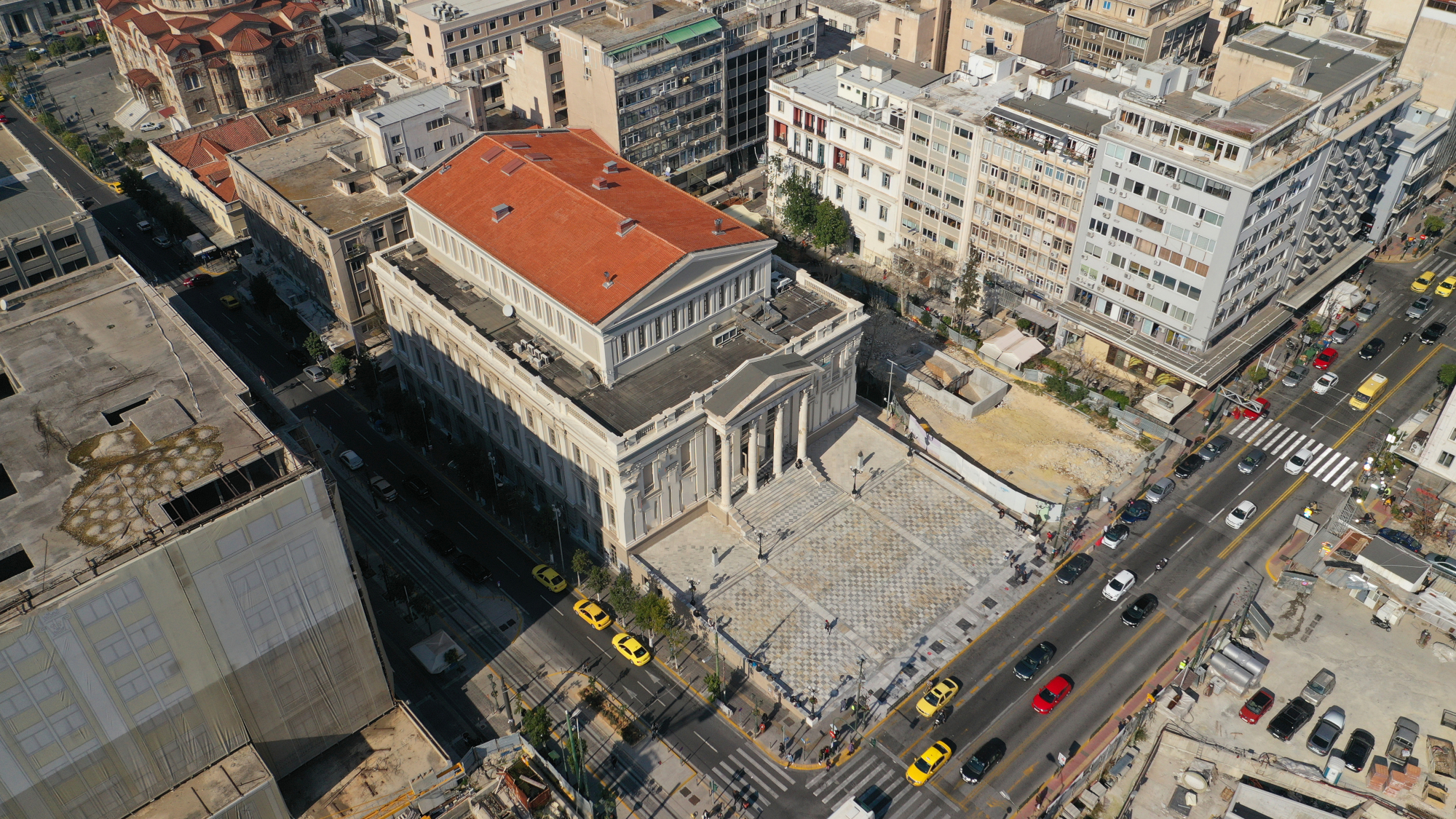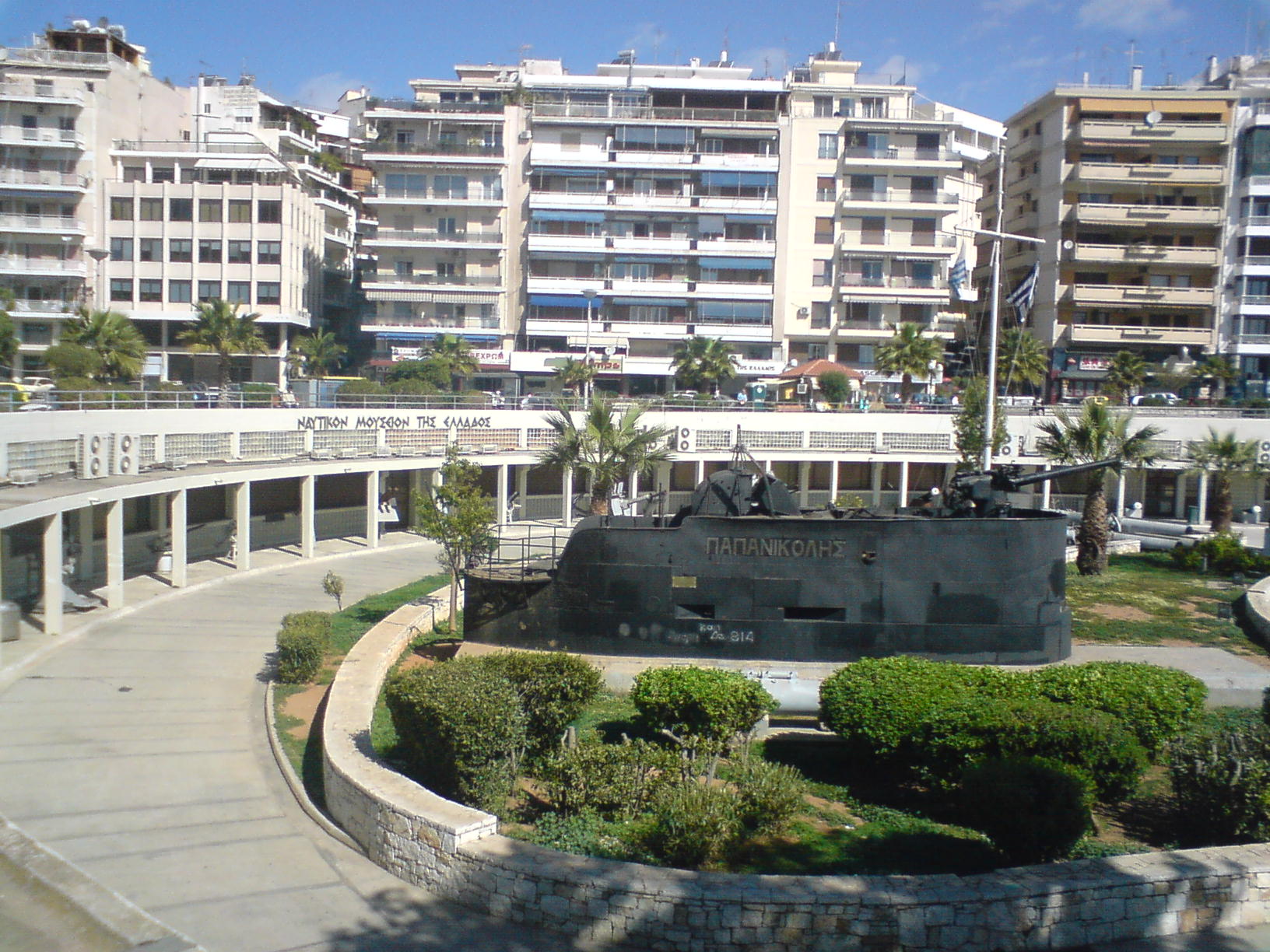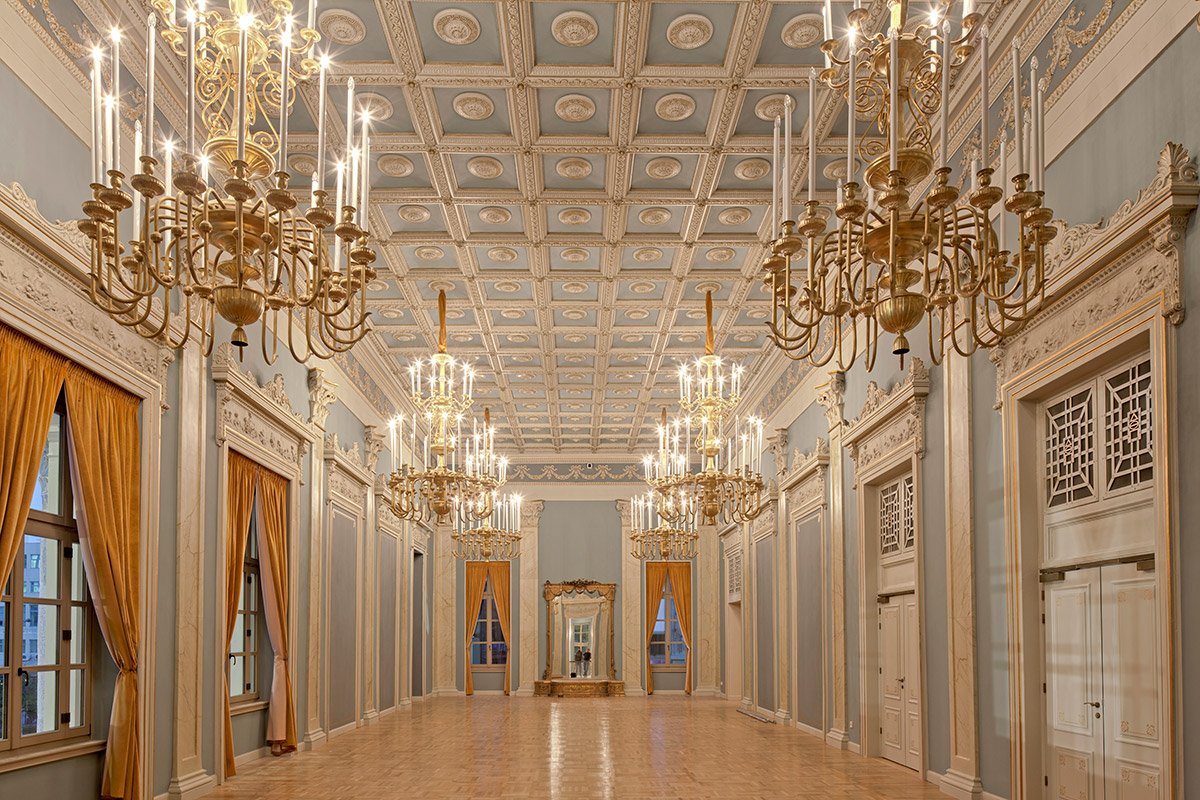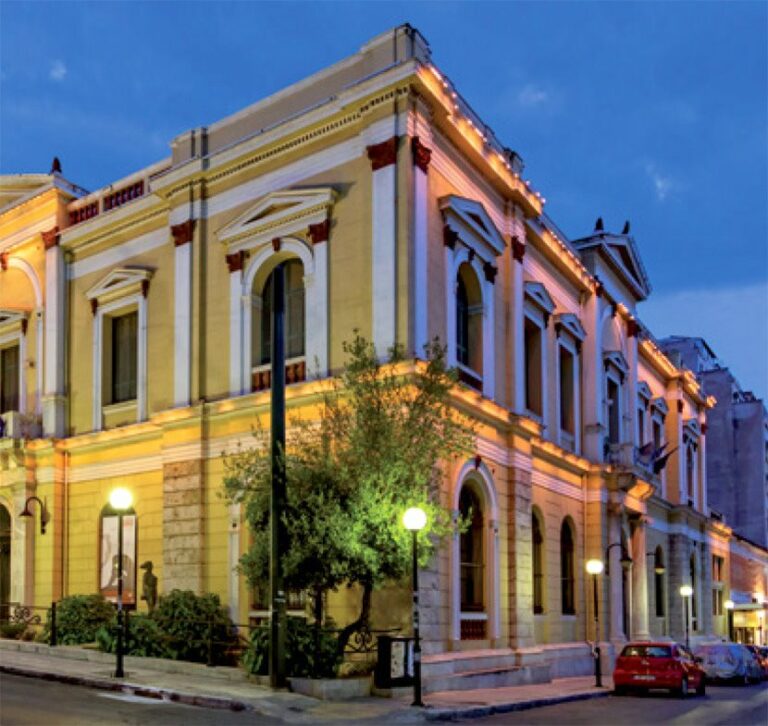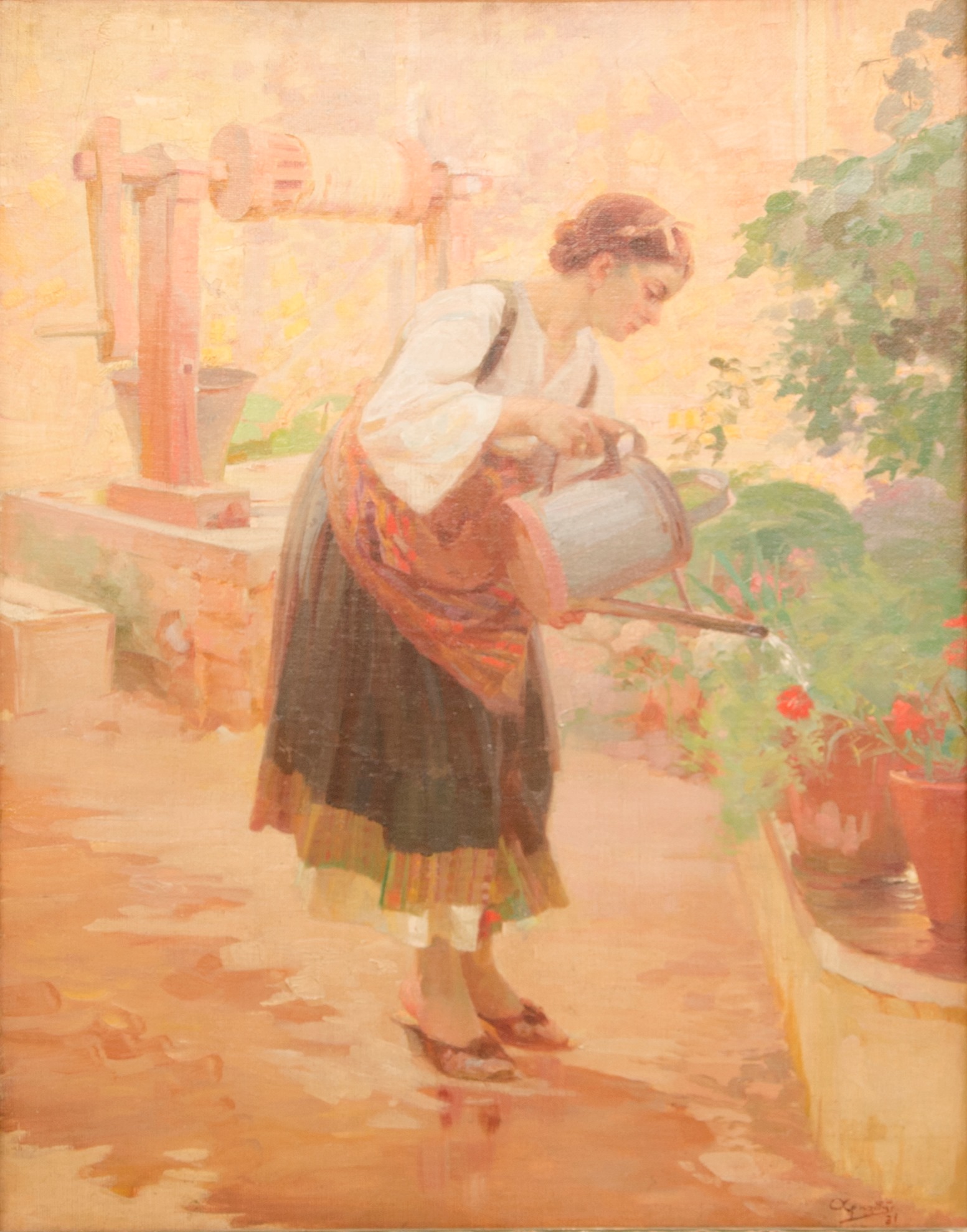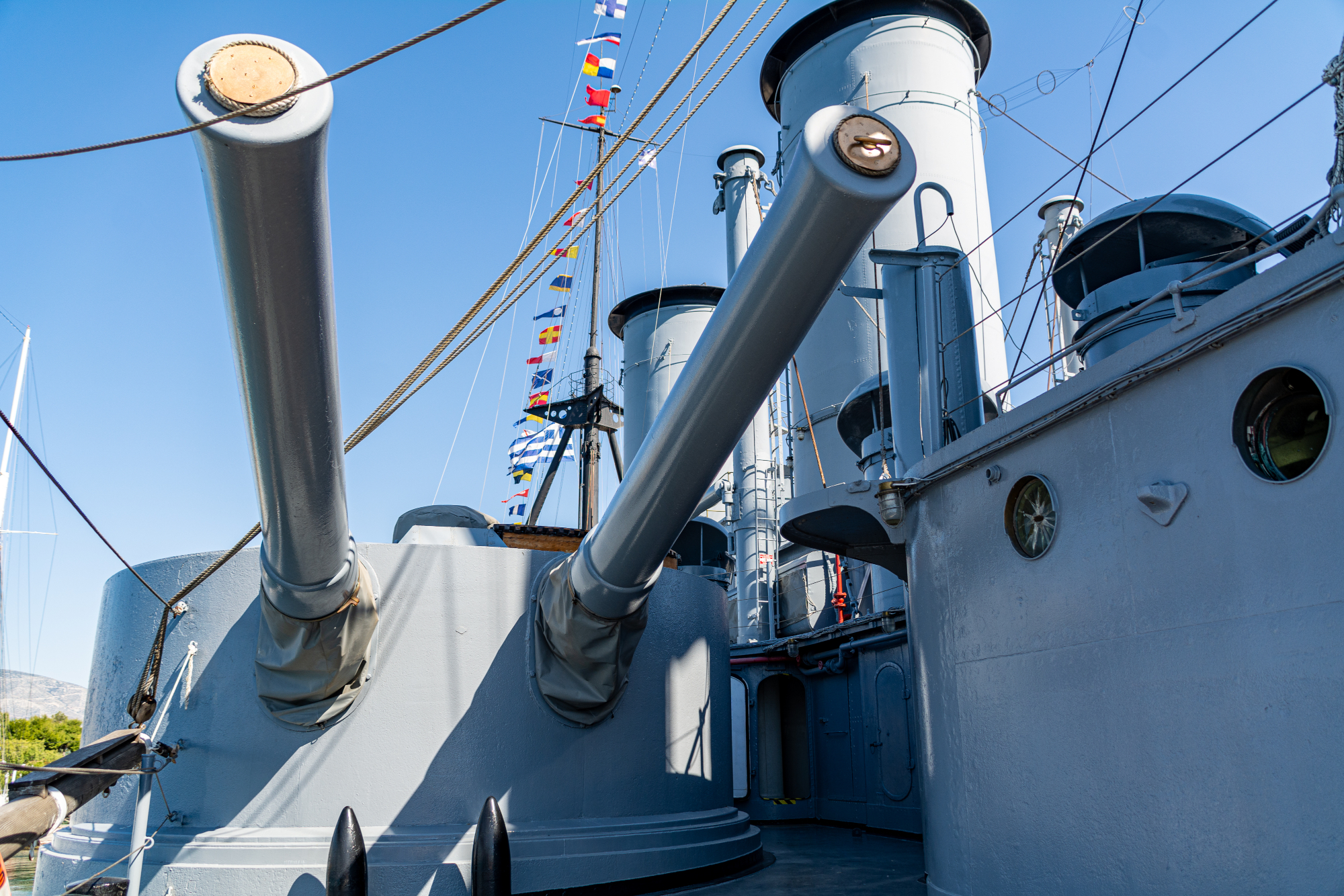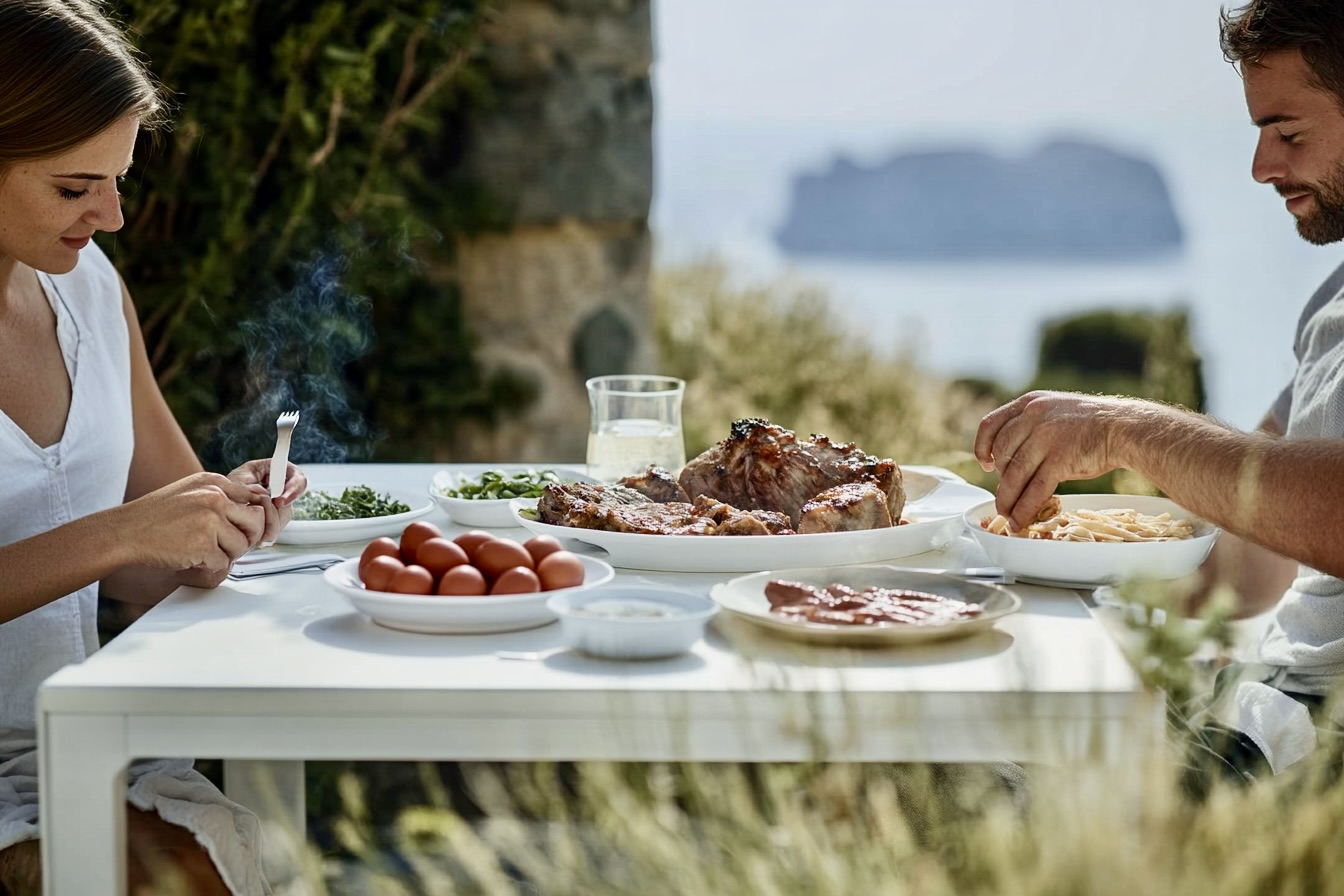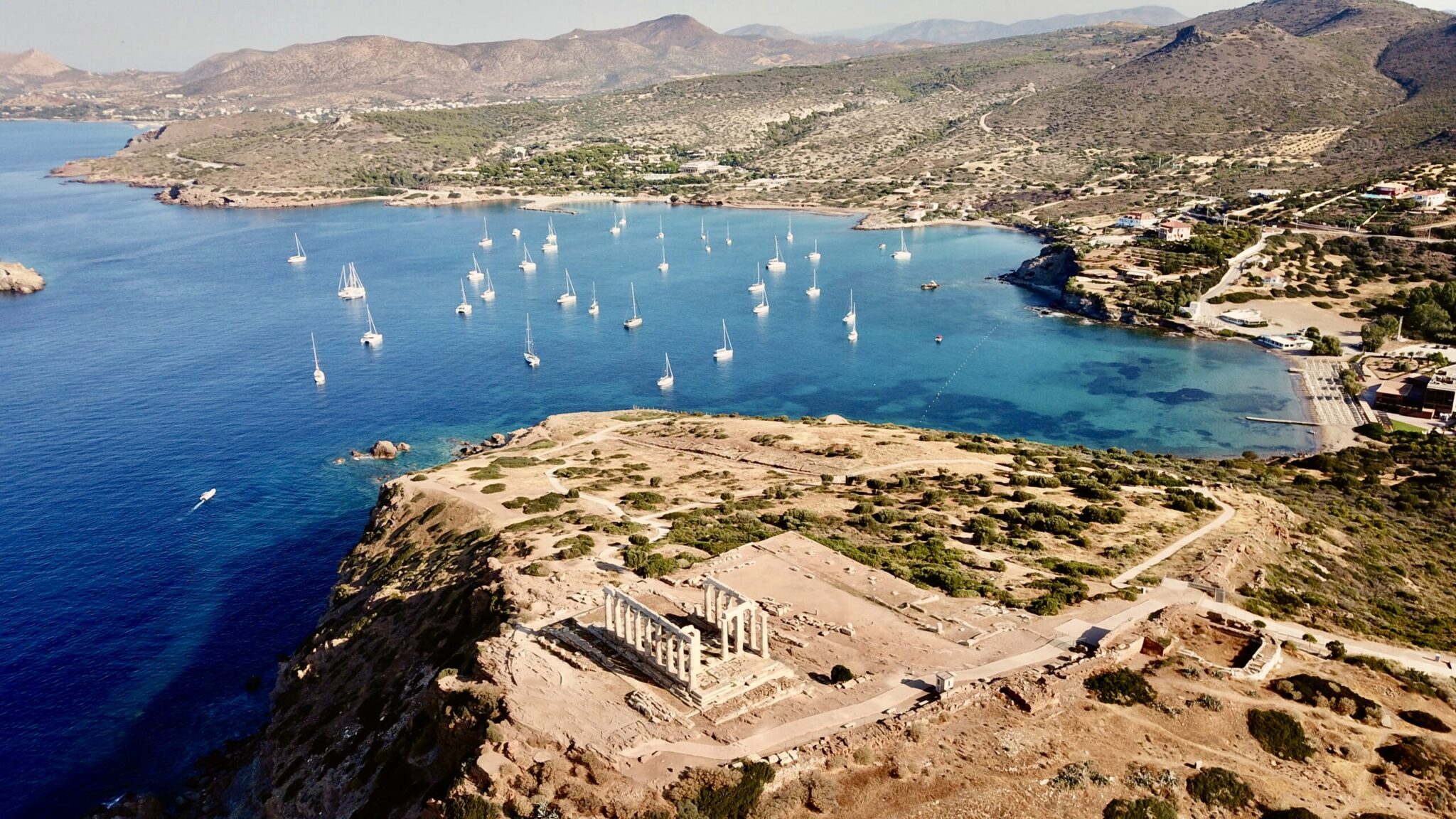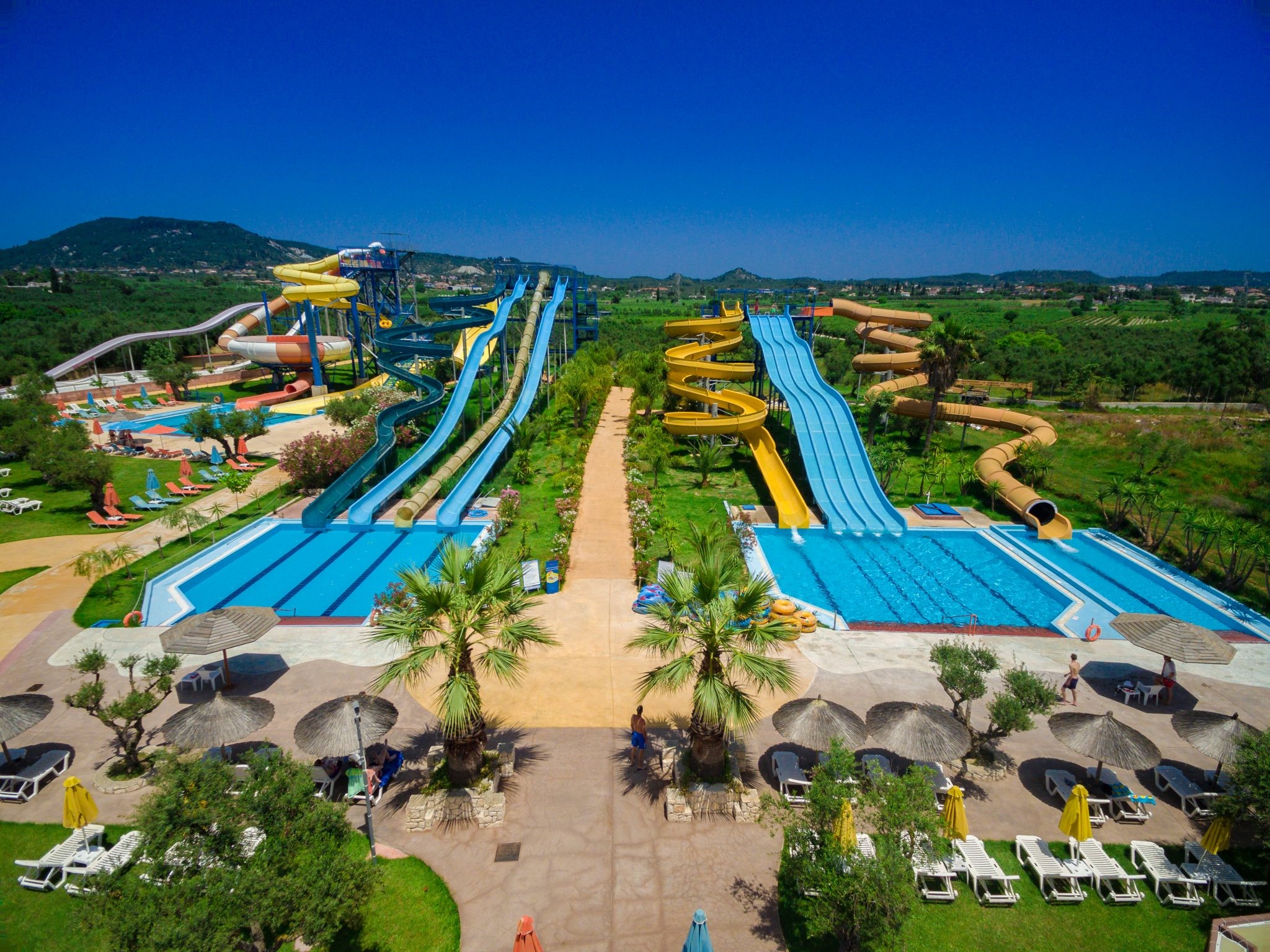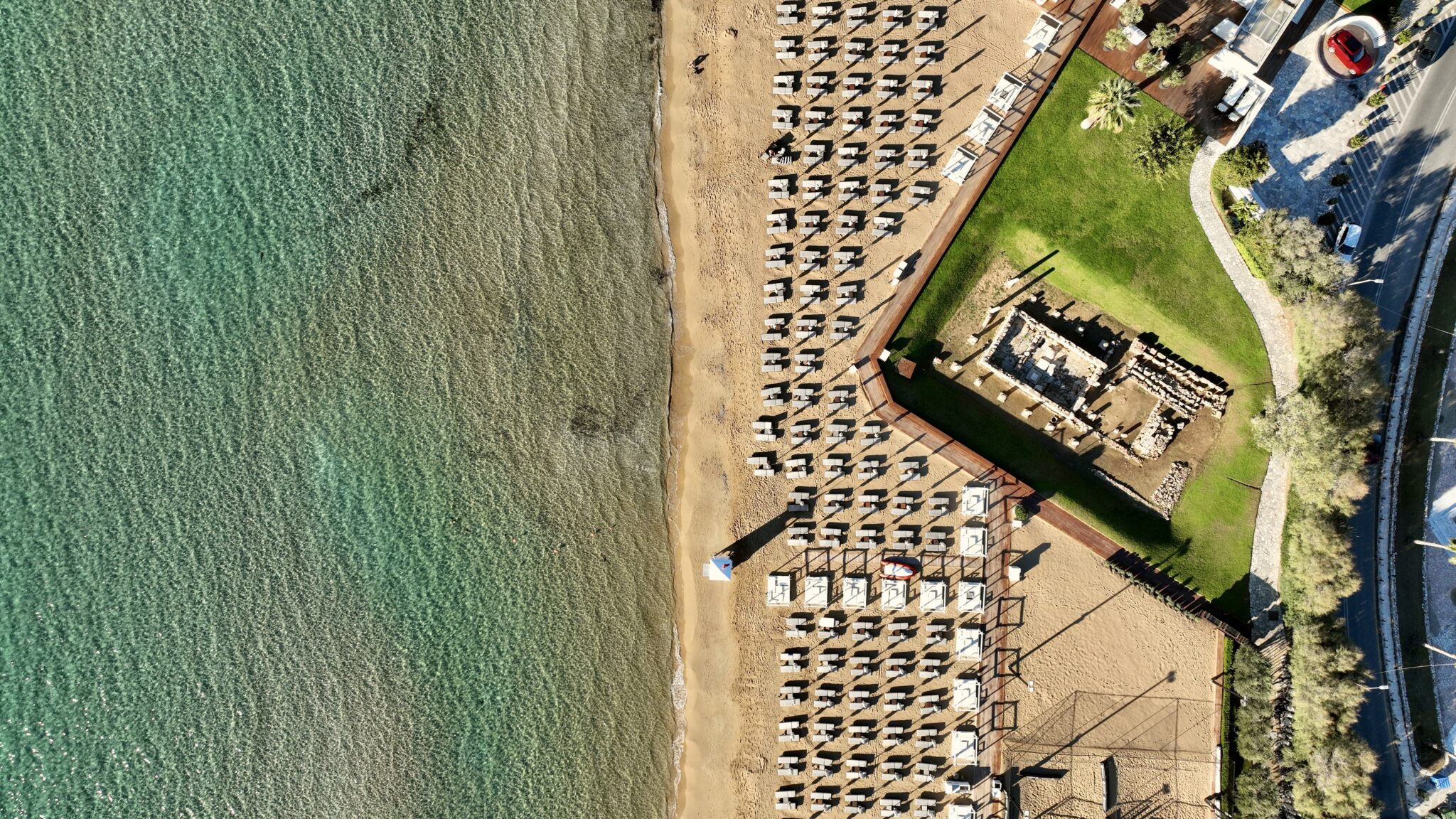Piraeus, Greece’s biggest port and one of the biggest of the Mediterranean, is backed by a glorious industrial and ancient history. It is a cosmopolitan place offering countless entertainment proposals for all times of the day.
Piraeus offers museums, beach outings, sailing, theatre and marvellous views from the city’s Kastela district hill and Profitis Ilias church, making it an ideal place for a family outing. Piraeus adds to the options offered by the wider Athens area, a multifaceted destination that is safe and promises unforgettable experiences throughout the year.
Stroll around the elegant and elevated Kastela area, featuring well-kept neoclassical buildings, then head down to the Mikrolimano area for a coffee with a view of the sea and yachts. Carry on towards Pasalimani and its Archaeological Museum of Piraeus for insight into the port city’s history, from the Mycenaean to the Roman eras, through a series of artefacts discovered in the wider Piraeus area and the surrounding coastal region. The permanent exhibition includes ceramic and bronze vases, figurines, small objects, jewellery, musical instruments, statues, votive offerings and tomb reliefs, all dated between the 18th century BC and the 4th century AD. Some of the more significant exhibits at the museum include bronze statues, the impressive monument of Kallithea, as well as figurines of the Minoan sanctuary of Kythera and the Mycenaean sanctuary of Methana. Situated next to the archaeological museum, the ruins of the Ancient Theatre of Zea, built during the Hellenistic period (late 4th century BC – early 3rd century BC), offer traces of the ancient theatre. It was built with pale yellow Piraeus stone, along the lines of Athens’ Theatre of Dionysus. (Wed-Mon, 08:30-15:30, closed Tue, 31 Har. Trikoupi, tel. +30 210 4521598, odysseus.culture.gr).
Ruins of a Roman-era mansion may be seen behind the museum, at the area between Skouze, Leosthenous, Ir. Polytechniou and Filellinon streets, close to Terpsitheas Square. The space is fenced but visible from the streets.
The Hellenic Maritime Museum, situated close to the archaeological museum, at Akti Themistokleous, covers the extensive maritime history of Piraeus and all of Greece. On display at the museum’s outdoor area are anchors and sculptures. The turret of the Papanikolis submarine that took part in World War II is a focal point.
The museum’s semi-circle building hosts over 2,500 objects such as ship models, representations of historical events, paintings, photographs and maps. It covers the history of Greece’s navy and merchant marine from antiquity to modern history. The museum also has a maritime library with other 17,000 books and magazines covering maritime history, science and technology. (Tue-Sat, 09:00 -14:00, Akti Themistokleous, Freattis, +30 2104516264, www.hmmuseum.gr).
Piraeus Municipal Theatre
The Piraeus Municipal Theatre, housed at a neoclassical building of exceptional architecture, has hosted productions by major stage directors and performances by some of the country’s finest actors. The theatre’s cornerstone was set in 1884, during Trifonas Moutzopoulos’ term as mayor, and built on plans by the architect Ioannis Lazarimos, who was a professor at the National Technical University of Athens. The project was not completed until 1895 when Theodoros Retsinas was the mayor of Piraeus. The project’s budget, in 1884, greatly exceeded the funds available for municipal projects. A loan of 250,000 drachmas needed to be approved by the National Bank of Greece to ensure the project’s development could continue. The project’s total cost ended up reaching 900,000 drachmas, an enormous sum at the time. The theatre was considered – and still is – Piraeus’ architectural gem. The building’s official opening ceremony took place on April 9, 1895 with the municipal philharmonic playing classical music well into the afternoon. (+30 2104143310, 32 Ir. Polytechniou, www.dithepi.gr).
The Municipal Gallery of Piraeus, situated close to Akti Miaouli and the Piraeus Municipal Theatre, is housed at an imposing neoclassical building that formerly served as a post office. The Municipal Gallery of Piraeus was established in 1957 and was initially a part of the Municipal Library. The gallery became an independent entity in 1985. It hosts work by esteemed Greek painters such as Nikolaos Lytras, Konstantinos Maleas, Alexandros Christofis and Michalis Oikonomou, a number of sculptures by Georgios Kastriotis, wood-and-stone sculptures by folk artist Stamatis Lazaros, paintings by Kyriakos Tsakiris, as well as costumes and personal belongings of the actor Manos Katrakis. The gallery building also hosts the Panos Aravantinos Museum of Set Design, dedicated to the artist’s work. The collection includes approximately 600 pieces such as paintings, set design models, costume designs, posters and portraits, most of which were donated to the Piraeus municipality by the set designer’s sister. Some pieces were bought by the municipality in the market. (Mon-Fri, 10:00 – 14:00, 29 Filonos, +30 2104101400). The ruins of the central Gate of the ancient Piraeus precinct, one of the oldest entrances to the city, are located nearby, in the Vavoula area. (34th Syntagmatos Pezikou & Distomou).
The remnants of the ancient skeuotheke (arsenal) of Philon, where battleship equipment was stored, is located between the archaeological and maritime museums, between Kountouriotou and Ypsilantou Sts, close to their intersection with Bouboulinas St. According to an inscription discovered in 1882, offering architectural specifications, the skeuotheke was 113 metres long, 18 metres wide, and 10 metres high. It was divided into 78 compartments with wooden lofts, where ship accessories were placed. Also, the facility was divided into two main rooms by a corridor. Its construction began in 346 BC and was completed some years later, in 328 BC. The project was designed by the architect Philon of Eleusis. All that remains today of this grand construction are remnants between two apartment blocks.
The Georgios Averof Floating Museum is located on the southeast side of Piraeus, at Faliriko Delta. A walk around the former battleship, now serving as a museum, offers visitors a look at the ship’s dormitories, kitchens, dining area, Agios Nikolaos chapel, and, of course, the cannons at the bow and stern, creating images of naval battles and life on the vessel for sailors. (Tue-Fri, 09:00 – 14:00, Sat-Sun, 10:00 -17:00, Flisvos, Palio Faliro, +30 2109888211, https://averof.mil.gr/).



